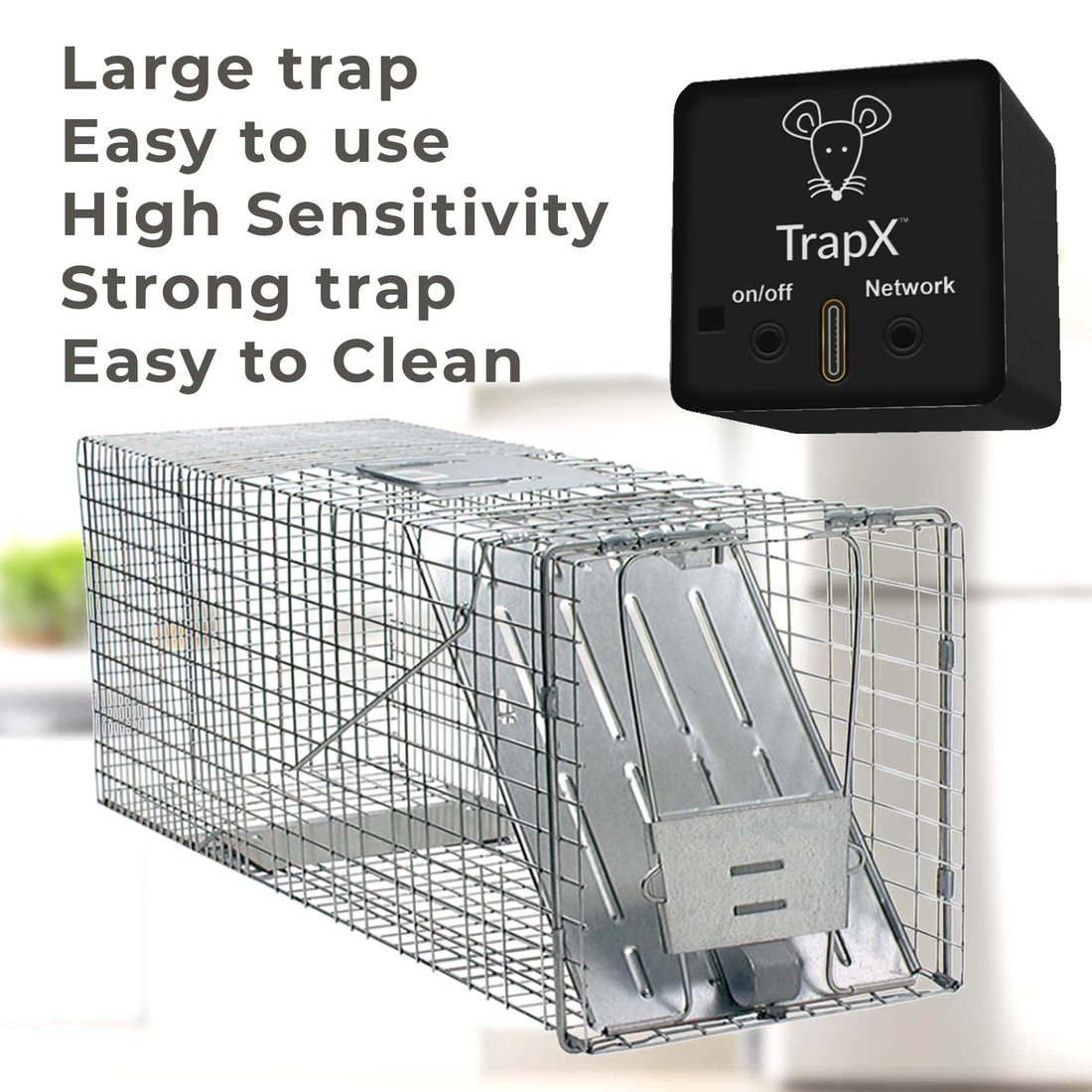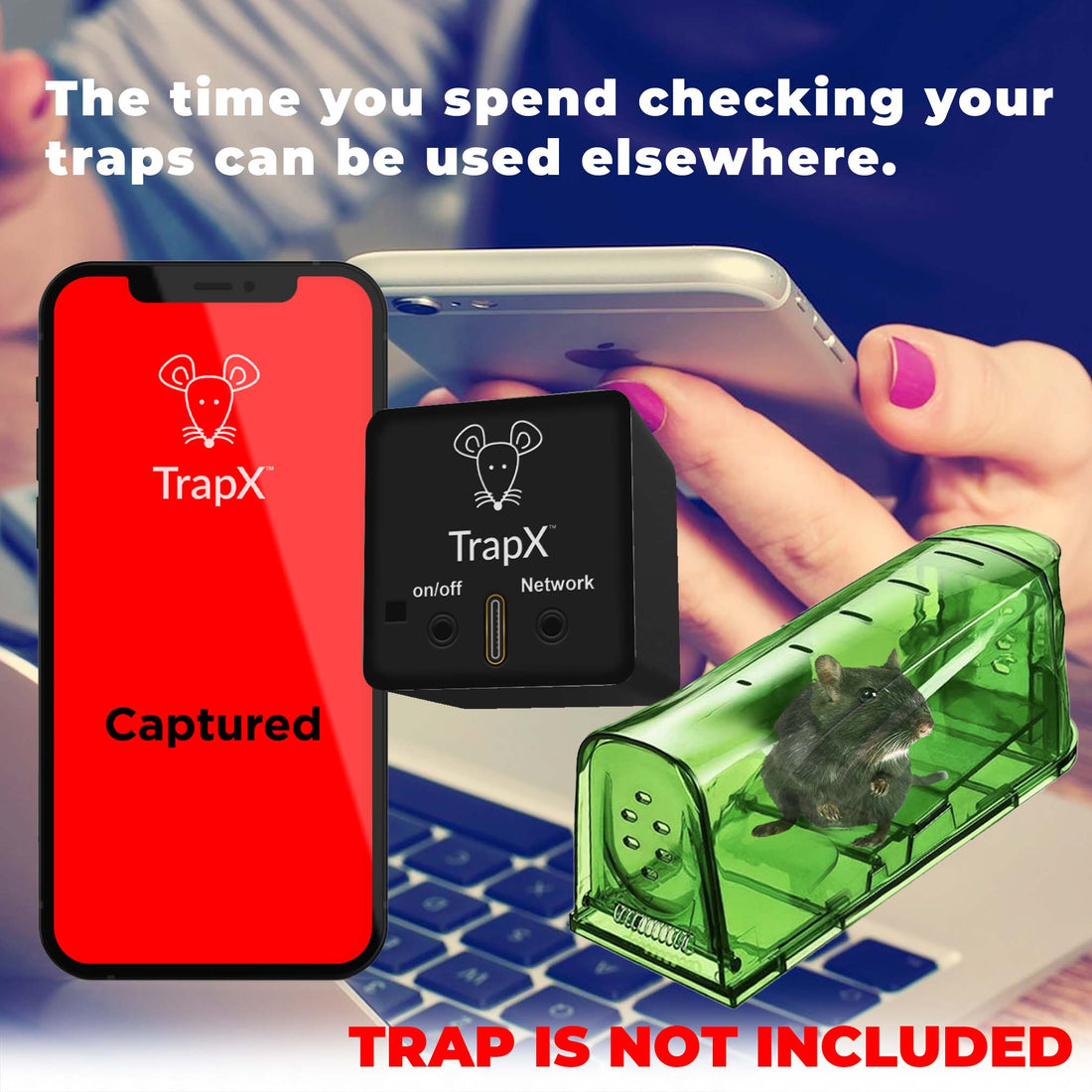Mastering Pest Control: A Comprehensive Guide to Effective Pest Control Traps
Share
Pest control is an essential aspect of maintaining a healthy and comfortable living environment. Whether it's the occasional ant invasion or a more persistent rodent problem, pests can be a nuisance and a health hazard. One of the most effective ways to manage these unwelcome guests is through the use of pest control traps. This comprehensive guide will delve into the world of pest control traps, offering insights, tips, and recommendations to help you keep your home pest-free.

Understanding Pest Control Traps
Pest control traps are devices designed to capture, kill, or otherwise manage pests. They come in various forms, each tailored to address specific types of pests. The primary goal of these traps is to reduce pest populations to a manageable level, preventing infestations and the spread of diseases.
Types of Pest Control Traps
There are several types of pest control traps, each with its unique mechanism and purpose. Here, we'll explore the most common types:
1. Snap Traps
Snap traps are one of the oldest and most traditional forms of pest control traps. They are typically used for rodents, such as mice and rats. These traps work by using a spring-loaded bar that snaps shut when triggered by the pest, effectively killing it instantly.
2. Glue Traps
Glue traps, also known as sticky traps, are used for capturing a variety of pests, including insects and rodents. These traps consist of a sticky adhesive surface that immobilizes the pest upon contact. While effective, they are often considered less humane than other options.
3. Live Traps
Live traps are designed to capture pests without killing them. These traps are commonly used for larger pests like raccoons, squirrels, and feral cats. Once captured, the pest can be relocated to a more suitable environment.
4. Electronic Traps
Electronic traps use electricity to kill pests. These traps are often used for rodents and insects. They work by delivering a lethal electric shock to the pest when it comes into contact with the trap.
5. Pheromone Traps
Pheromone traps are primarily used for insects. They use synthetic pheromones to attract pests to the trap, where they are then captured or killed. These traps are particularly effective for monitoring and controlling pest populations.
6. Ultrasonic Repellents
While not technically a trap, ultrasonic repellents are worth mentioning. These devices emit high-frequency sound waves that are unpleasant to pests, driving them away from the area. They are often used in conjunction with other pest control methods.

Choosing the Right Pest Control Trap
Selecting the appropriate pest control trap depends on several factors, including the type of pest, the severity of the infestation, and your personal preferences. Here are some considerations to keep in mind:
Identify the Pest
The first step in choosing the right trap is to identify the pest you're dealing with. Different pests require different trapping methods. For example, a snap trap may be suitable for mice, while a pheromone trap is better for moths.
Assess the Infestation
The severity of the infestation will also influence your choice of trap. For minor infestations, a few strategically placed traps may suffice. In cases of severe infestations, you may need to use multiple traps and combine them with other pest control methods.
Consider Safety and Humane Options
When selecting a trap, consider the safety of your household, including pets and children. Additionally, think about the humane treatment of pests. Live traps and some electronic traps offer more humane options compared to glue traps.
Evaluate Ease of Use
Some traps are easier to set up and maintain than others. Choose a trap that fits your comfort level and expertise. For example, snap traps and glue traps are relatively simple to use, while electronic traps may require more technical knowledge.

Setting Up Pest Control Traps
Once you've chosen the appropriate trap, proper setup is crucial for effectiveness. Here are some general steps to follow:
1. Read the Instructions
Always read and follow the manufacturer's instructions for your chosen trap. This ensures that you set up the trap correctly and safely.
2. Place Traps Strategically
Position traps in areas where pests are most likely to travel. For rodents, this may include along walls, near food sources, and in dark corners. For insects, place traps near entry points and areas of high activity.
3. Use Bait Effectively
Many traps require bait to attract pests. Use bait that is appropriate for the type of pest you're targeting. For example, peanut butter is a popular bait for rodent traps, while sweet or fruity substances work well for insect traps.
4. Monitor and Maintain Traps
Regularly check your traps to see if they've captured any pests. Remove and dispose of captured pests promptly, and reset or replace traps as needed. Proper maintenance ensures ongoing effectiveness.
Preventing Future Infestations
While traps are effective for managing current pest problems, prevention is key to avoiding future infestations. Here are some preventive measures to consider:
Seal Entry Points
Inspect your home for potential entry points, such as cracks, gaps, and holes. Seal these openings with caulk, steel wool, or other appropriate materials to prevent pests from entering.
Maintain Cleanliness
Keep your home clean and free of food debris. Regularly clean kitchen surfaces, store food in airtight containers, and dispose of garbage promptly. A clean environment is less attractive to pests.
Eliminate Standing Water
Many pests, including mosquitoes and cockroaches, are attracted to standing water. Fix leaky pipes, empty standing water from containers, and ensure proper drainage around your home.
Trim Vegetation
Keep vegetation, such as bushes and trees, trimmed and away from your home's exterior. Overgrown vegetation can provide shelter and entry points for pests.
Regular Inspections
Conduct regular inspections of your home to identify and address potential pest issues before they become major problems. Look for signs of pests, such as droppings, gnaw marks, and nests.
Professional Pest Control Services
In some cases, DIY pest control methods may not be sufficient to manage a severe infestation. Professional pest control services can provide expert assistance and advanced solutions. Here are some benefits of hiring a professional:
Expert Knowledge
Professional pest control technicians have the knowledge and experience to accurately identify pests and determine the most effective treatment methods.
Advanced Tools and Techniques
Professionals have access to advanced tools and techniques that may not be available to the general public. This includes specialized traps, pesticides, and monitoring devices.
Long-Term Solutions
Professional pest control services often offer long-term solutions and preventive measures to keep your home pest-free. They can also provide ongoing monitoring and maintenance.
Safety
Using pesticides and other pest control methods can pose risks to your health and safety. Professionals are trained to handle these substances safely and effectively.
Conclusion
Pest control traps are a valuable tool in the fight against unwanted pests. By understanding the different types of traps, choosing the right one for your needs, and following proper setup and maintenance practices, you can effectively manage and prevent pest infestations in your home. Remember that prevention is key, and in cases of severe infestations, professional pest control services can provide the expertise and solutions needed to keep your home pest-free.
Don't let pests take over your home. Take action today and invest in the right pest control traps to protect your living environment and ensure peace of mind.
May16.chat.5pass.general public.pest control trapAs an Amazon Associate, I earn from qualifying purchases.
